Terezin, once a military fortress, has become a harrowing reminder of the Holocaust’s devastating impact. This concentration camp and ghetto witnessed the suffering and loss of thousands of innocent lives under Nazi persecution. Today, the Ghetto Museum and crematorium stand as poignant testaments to the horrors endured by its inmates, underscoring the importance of remembrance and vigilance against the resurgence of hatred. The story of Terezin, though dark and tragic, holds valuable lessons for humanity, compelling us to reflect on the past and consider the actions we must take to prevent such atrocities from occurring again.
Key Points
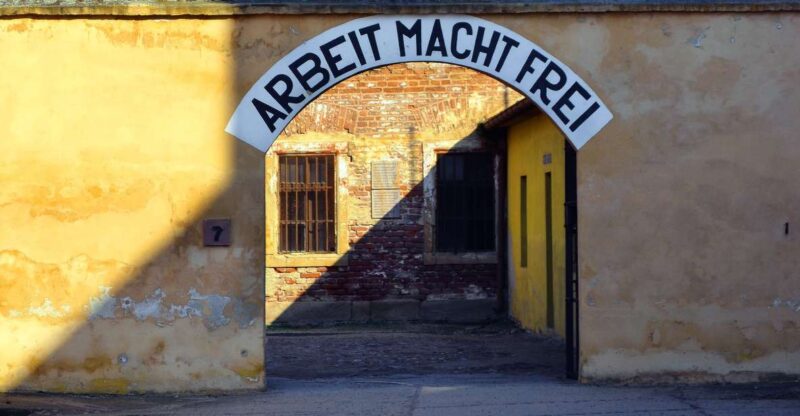
- Terezin was a Nazi concentration camp that served as a site of extermination for thousands of innocent victims during World War II.
- The camp’s Ghetto Museum and crematorium stand as lasting testaments to the suffering and inhumane treatment experienced by its inmates.
- Terezin’s history is a stark reminder of the horrors of the Holocaust and the need to vigilantly prevent the recurrence of such atrocities.
- Visiting Terezin allows for reflection on the importance of upholding human rights and strengthening democratic institutions to counter extremism and dehumanization.
- The legacy of Terezin emphasizes the crucial role of collective memory in honoring the victims and learning from the darkest chapters of European history.
Overview of Terezin

Terezin, a Nazi concentration camp in the present-day Czech Republic, stands as a solemn reminder of the atrocities committed during the Second World War.
This dark site saw the extermination of thousands of innocent victims, serving as a stark warning against the recurrence of such horrors.
The camp’s Ghetto Museum and crematorium stand as haunting testaments to the suffering endured by prisoners.
Terezin’s history is a painful yet essential part of understanding the tragic events of the Holocaust, forever etched in the collective memory of Europe and the world.
You can also read our reviews of more tours and experiences in Terezin.
Tour Details
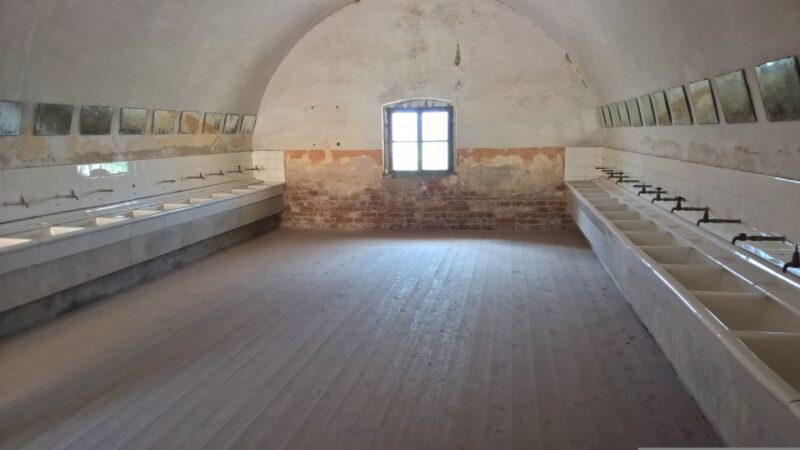
The Terezin tour lasts for 6 hours. It starts from the náměstí Republiky 1037/3 location and includes entry to the Ghetto Museum and crematorium, a guided tour, and a walk through the concentration camp.
Transportation is provided via bus or coach, with a 1-hour journey each way. However, the tour isn’t suitable for wheelchair users.
The tour highlights include:
- Visiting the Terezín Memorial – Ghetto Museum for 4 hours.
- Seeing key sites such as the museum of the ghetto, crematorium, and Jewish cemetery.
- Hearing authentic recollections from former inmates.
Itinerary Highlights
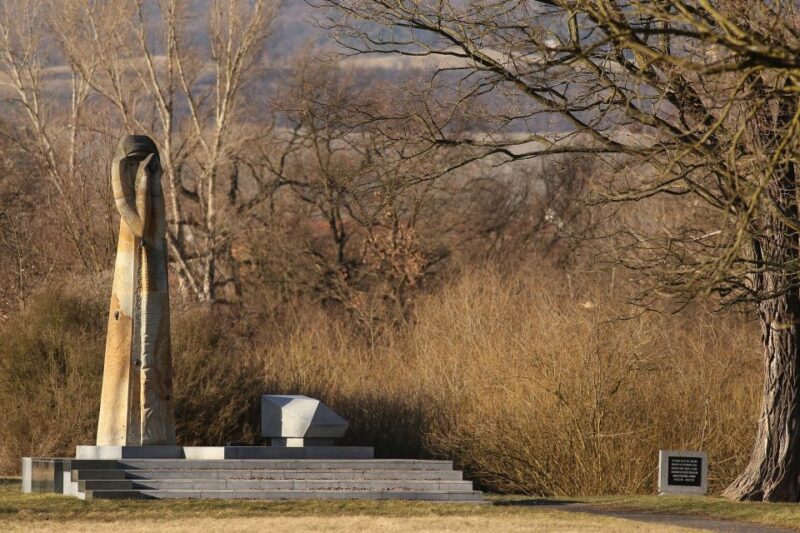
According to the provided information, a key highlight of the Terezin tour is a visit to the Terezin Memorial – Ghetto Museum, which lasts approximately 4 hours.
During this visit, tour-goers will see the museum of the ghetto, the crematorium, and the Jewish cemetery.
Plus, they’ll have the opportunity to hear authentic recollections from former inmates, providing a powerful and sobering firsthand perspective of the horrors that occurred within this concentration camp.
This immersive experience serves as a stark reminder of the atrocities of the past and the importance of preventing such tragedies from happening again.
Booking Information
Visitors can book the Terezin tour for prices ranging from Kč 1,629 to Kč 1,222 per person, a savings of up to 25%.
The tour offers a flexible cancellation policy, allowing for a full refund up to 24 hours in advance. Plus, a reserve now and pay later option is available for added convenience.
To ensure a hassle-free experience, the tour includes:
- Entrance to the Ghetto Museum and crematorium.
- A guided tour of the concentration camp.
- Transportation via bus or coach, with a one-hour journey each way.
While the tour isn’t suitable for wheelchair users, it provides a profound and educational opportunity to explore the dark history of Terezin.
More Great Thing To Do NearbyCustomer Feedback
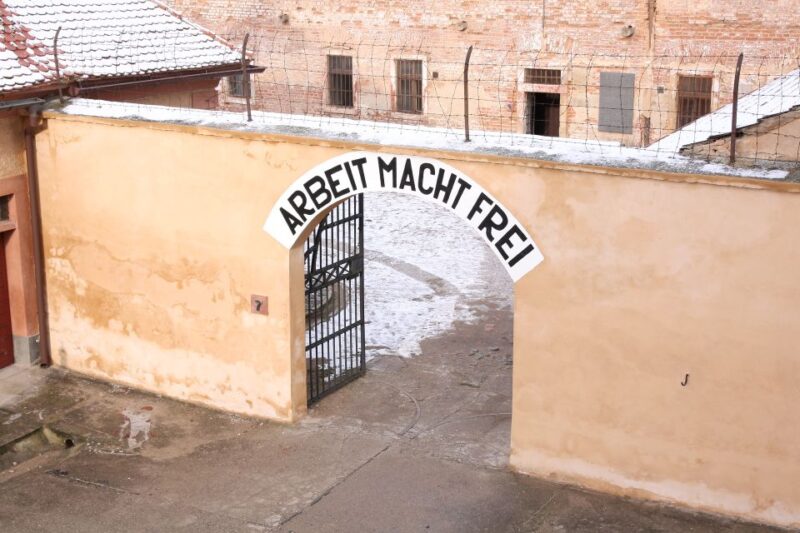
Reviewers have awarded the Terezin tour an overall rating of 4.3 out of 5 stars based on 12 customer evaluations.
Transportation received a 4 out of 5 rating, while value for money was also rated 4 out of 5.
However, some customers suggested including options for food and drinks during the tour, as the 6-hour duration can be long without breaks.
Significance of Terezin
Terezin stands as a sobering reminder of the atrocities committed by the Nazi regime during the Holocaust. This concentration camp was the site of immense suffering and death, holding tens of thousands of Jewish prisoners.
The significance of Terezin lies in its:
-
Symbolic representation of the horrors of the Holocaust and the Nazi’s systematic persecution of Jewish people.
-
Role as a site of cultural and artistic expression, where prisoners created a vibrant intellectual and cultural life despite the grim conditions.
-
Legacy as a place of remembrance and education, where visitors can learn about the past and honor the memory of those who perished.
Terezin’s history serves as a potent reminder of the importance of vigilance and the need to prevent such atrocities from ever occurring again.
Remembering the Victims
The memory of Terezin’s victims lives on through the solemn dedication of those who visit this hallowed ground.
The Terezin Memorial serves as a poignant reminder of the horrors inflicted upon the thousands of innocent lives lost during the Nazi regime. Visitors can hear firsthand accounts from former inmates, bearing witness to the inhumane treatment and suffering experienced within the camp’s walls.
As they tour the Ghetto Museum and crematorium, a heavy silence descends, honoring the memory of those whose lives were tragically cut short.
This somber yet powerful experience underscores the importance of remembering the victims and learning from the past to prevent such atrocities from ever occurring again.
Lessons From Terezin
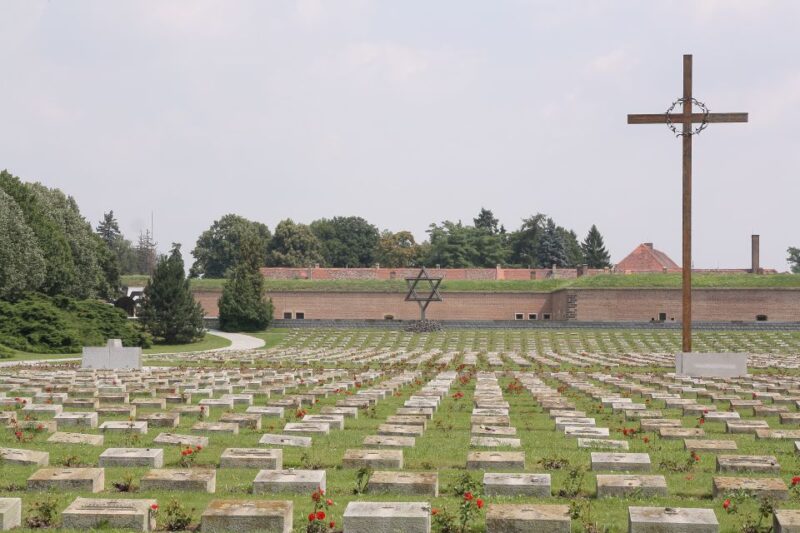
Visiting Terezin serves as a sobering reminder of the critical lessons we must heed from the darkest chapters of history.
The horrors witnessed within its walls underscore the importance of vigilance against the rise of extremism, the significance of upholding human rights, and the necessity of empowering future generations to prevent such atrocities from occurring again.
Key lessons from Terezin include:
-
Recognizing and swiftly addressing the early warning signs of dehumanization and persecution.
-
Strengthening democratic institutions and the rule of law to safeguard the fundamental freedoms of all people.
-
Fostering compassion, empathy, and respect for diversity to counter the divisive rhetoric of hate.
Frequently Asked Questions
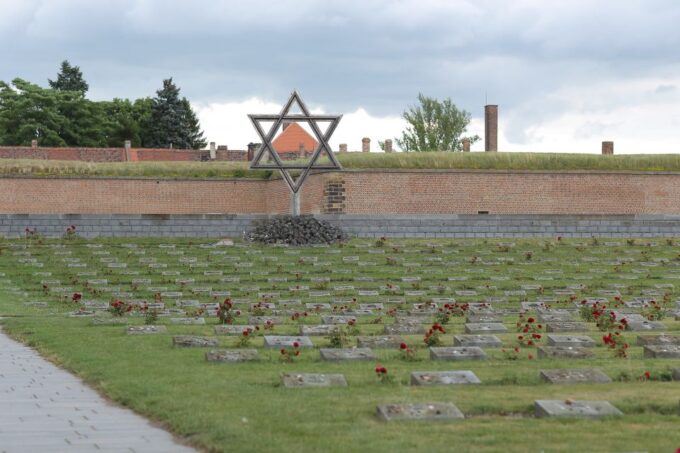
What Was the Purpose of the Terezin Concentration Camp?
The Terezin concentration camp was a Nazi-run ghetto established to hold Jews before they were deported to extermination camps. It served as a holding site where many Jewish prisoners were ultimately starved, abused, and murdered.
How Many People Were Imprisoned or Killed at Terezin?
Terezin concentration camp imprisoned over 150,000 people, primarily Jews, and is estimated to have resulted in the deaths of over 33,000 inmates during the Holocaust. The camp was a site of immense suffering and tragedy.
What Was the Living Condition Like for the Prisoners in Terezin?
The living conditions for prisoners at Terezin were extremely harsh. They were overcrowded, lacked adequate food and sanitation, and endured brutal treatment. Thousands died from starvation, disease, and execution in the concentration camp’s grim environment.
Were There Any Notable Prisoners or Events That Occurred at Terezin?
Terezin held many notable prisoners, including the renowned composer and conductor Rafael Schächter, who organized an underground performance of Verdi’s Requiem. The camp also witnessed the Secret Self-Government, an uprising of Jewish prisoners against their Nazi captors.
How Has Terezin Been Memorialized and Preserved Since World War Ii?
Terezin has been memorialized and preserved as a museum, memorial, and historic site to educate visitors about the atrocities committed there during WWII. The Terezin Memorial features exhibits, the former concentration camp, and guided tours to ensure its tragic history is not forgotten.
Recap
Terezin stands as a somber reminder of the horrors of the Holocaust. The Ghetto Museum and crematorium within its walls bear witness to the immense suffering endured by its inmates. It’s a place that demands reflection and vigilance, urging visitors to remember the past and learn from its tragedies to prevent the resurgence of hatred and intolerance in the future.
You can check if your dates are available here: